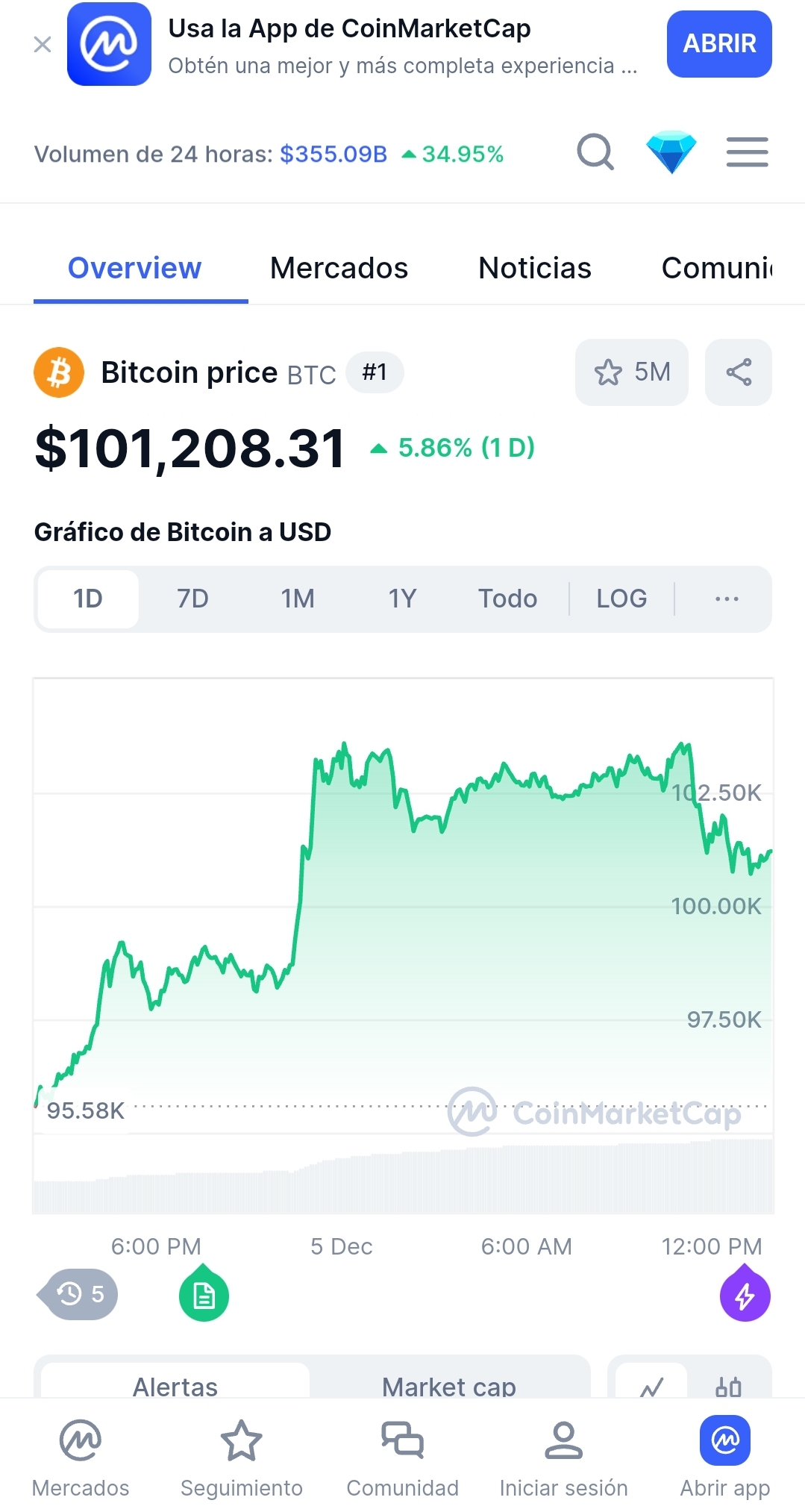Regulatory clarity in the US also played a crucial role, decreasing perceived risk and attracting a greater number of investors. Additionally, the Bitcoin halving in April 2024, which halved the reward for mining, increased the scarcity and value of the digital asset. Finally, global monetary policy, with low interest rates, led investors to seek alternative assets, making Bitcoin an attractive option.
One of the essential elements that helped this rise was the approval of Bitcoin ETFs (exchange-traded funds) in the United States. These ETFs offered institutional and retail investors the opportunity to invest in Bitcoin in a more accessible and secure way, thereby increasing the demand and cost of the digital asset.
The rise in the price of Bitcoin in December 2024 was the consequence of a combination of economic, technological and regulatory factors that encouraged its adoption and appreciation.


